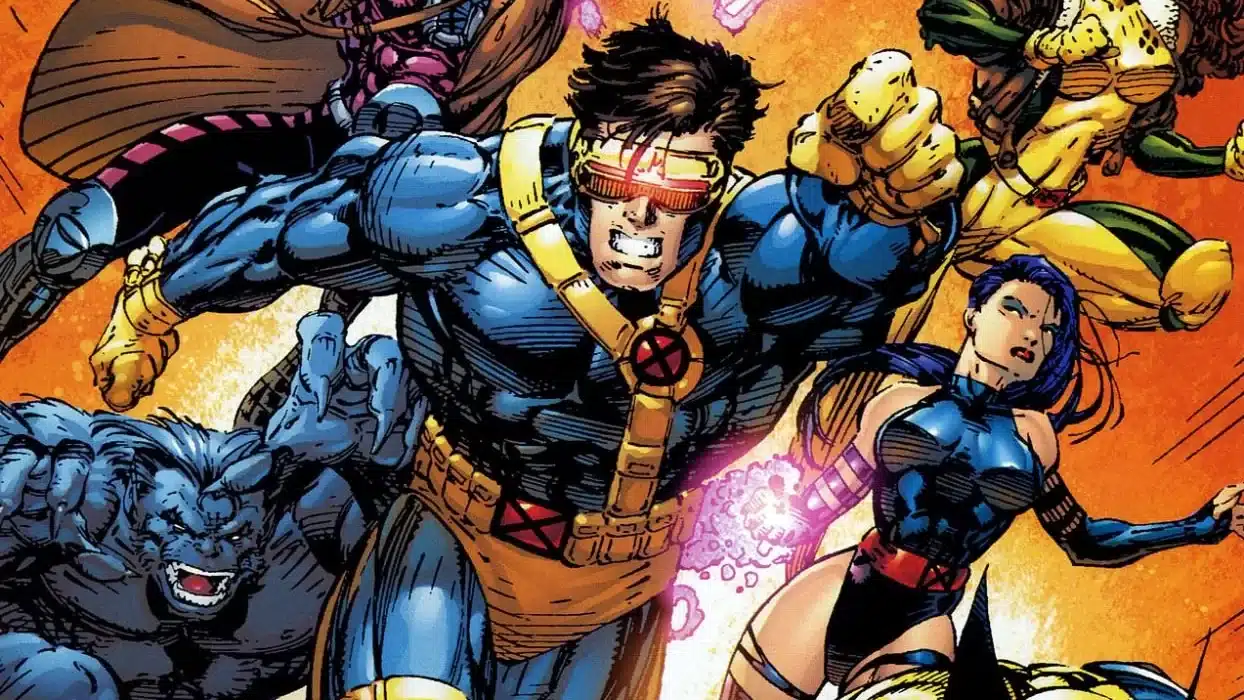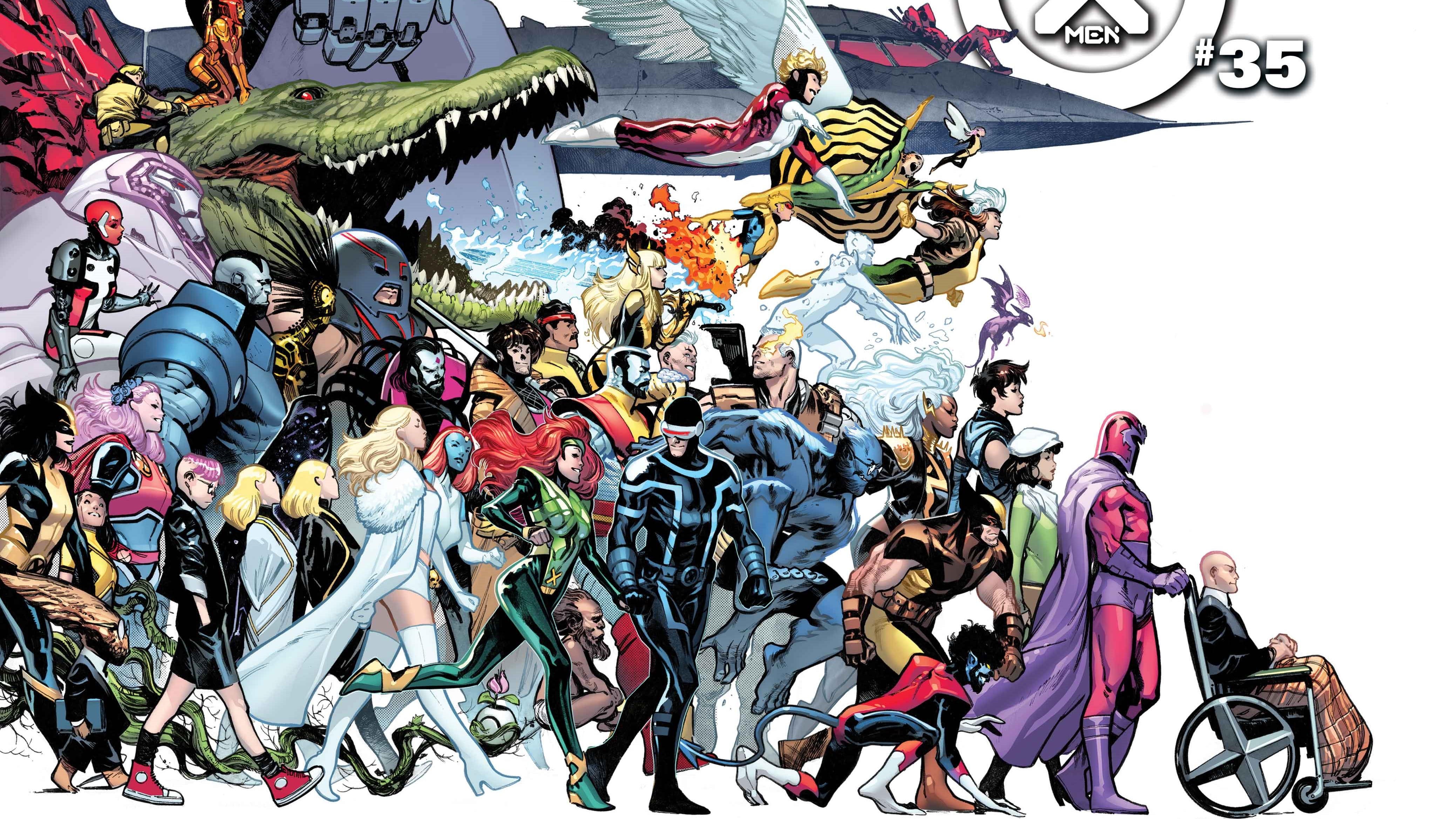The following first appeared in the ComicsXF newsletter. You can get early access to our editorials, a roundup of the week’s best content and get to know the members of the ComicsXFamily by subscribing right here.
I gave up being a Wednesday warrior sometime in 2004. Grant Morrison had just left New X-Men. Chuck Austen had done his damage. I was living on my own in South Jersey at a time when there really wasn’t a good comic shop in the area and my pull was still two hours north. It was time. I’d dip in and out over the years, but it would be another decade or so before I was hitting the shop with any sort of regularity again.
Two of the series that brought me back were Tom King’s Vision and Mister Miracle. As a young father, I appreciated King’s attempts to graft superhero comics into suburban drama and the existential crises that come with parenthood. There was a melancholy that pervaded these books that made them feel actually “adult,” not just swears-and-boobs adult.
My appreciation for King was such that I played hooky from work one day in 2018 to attend a King signing in Philadelphia for the launch of … Heroes in Crisis #1.
That’s about where the honeymoon ended for a lot of readers. Suddenly we found ourselves looking at our watches like, “When is this Batman run going to be over?” Rorschach was a mindfuck nobody wanted. It also did weird things with the legacy of Otto Binder and featured Frank Miller as some kind of kooky old neighbor, not to mention the self-insert fanfic. Strange Adventures, King’s Adam Strange book, was good, although it did feel as if he was spinning his wheels a bit, as he reteams with his Mister Miracle partner Mitch Gerads for the nth time and revisits one of his well-worn themes: endless wartime (See also Sheriff of Babylon, Omega Men, Mister Miracle). And listen, if YOU were a CIA operative who served in the forever wars of the Bush administration, you’d probably spend a lot of time writing about war and sadness, too.
So I was all set to pass on Human Target, dismissing it as another attempt by King to do what he does to another DC property nobody had touched in a few years. But a few smart people whose opinions I trust spoke highly of it, so I decided to check out the first issue.
I fucking loved it.
The quick-and-dirty plot: Christopher Chance is a professional stunt double, hired to find out who’s trying to kill you by taking your place and making himself a — wait for it — Human Target. After a gig impersonating Lex Luthor during a Big Tech-style keynote, he discovers he’s been poisoned. Radiation found in the poison is traced to the Justice League — specifically the Bwa Ha Ha-era Justice League International team — and now Chance has 12 days to figure out who killed him.
It’s a gritty, sexy, vibrant detective story. Issue #1 gives us the inciting incident and dismisses the obvious choice — Luthor. Issue #2 gives us our femme fatale — Tora Olafsdotter, aka Ice.
One of King’s strengths has always been in picking artistic collaborators. Greg Smallwood’s art gives the book a 1950s detective movie feel. It takes heavy stylistic cues from Vertigo (the Alfred Hitchcock movie, not the DC line, though certainly it being a Black Label book means it owes something to that Vertigo, too). It’s stylish in a way King’s other books haven’t been — even Strange Adventures, whose worn-pulp novel covers didn’t match the feel of the art inside. Here, every line — or lack of line — is purposeful and focuses the story. Color creates confusion, directs the eye and mimics lens flares in a way that doesn’t just feel like a JJ Abrams movie.
Issue #2 may be one of my favorite covers of the year. It’s the poster to an old Christmas movie I’ve never seen but my mom watches every year on TCM. It’s got just enough magic to make you want to see what’s inside.
Then there’s the dialogue. Often when we see Lex Luthor, he’s written with an air of disdain for the people around him. And of course he is; Lex truly believes he is better than everybody. But look at the interplay between Lex and Chance. Lex gives Chance access in a way he’d never give to Superman or Batman. He appears to respect Chance as a post-moral man, a man who does what needs doing. It says something about Chance, sure, but it also gives Lex a depth that enriches the story. And the flirtation between Chance and Ice in issue #2 is so charged, it’s as good in a noir as it would be in a Hudson-Day screwball romcom.
Finally, as long as it holds, there’s the smartest move of all, made in issue #1, when Chance tells Doctor Midnight, “Don’t call Batman. My death, my mystery.” King knows Batman pulls focus. King knows Batman reminds readers of that time he wrote Batman.
And make no mistake, it’s still a King comic. It’s still King taking wacky comics characters and making them sad. And using nine-panel grids in places. And writing a scene where a scrawny white guy plays suicide bomber because he thinks it won’t offend and allows him to take the piss out of online arguments about morality and complicity because what do they know? I was in Iraq.
Also, if it’s a Black Label book, why Qbert the swears? This is the mature-readers line, is it not?
But even those imperfections leave you with 95% of a great comic.
Maybe Human Target is proof that now that the Batman run is over and they’re not looking to King for events like Heroes in Crisis and “The War of Jokes and Riddles,” he’s more focused. He can go back to what he excels at: 12-issue maxis that tell an intimate story about good people who have wacky adventures but also sometimes get sad.
Dan Grote is the editor-in-chief of ComicsXF, having won the site by ritual combat. By day, he’s a newspaper editor, and by night, he’s … also an editor. He co-hosts WMQ&A: The ComicsXF Interview Podcast with Matt Lazorwitz. He lives in New Jersey with his wife, two kids and two miniature dachshunds, and his third, fictional son, Peter Winston Wisdom.






